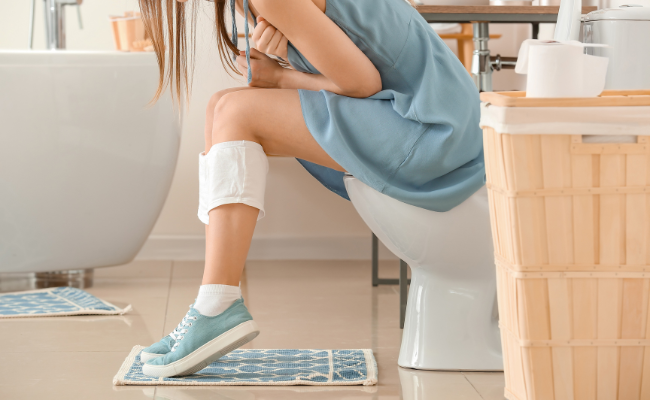How to Treat Anal Fissure?
- October 09, 2023
- No Comments

What is an Anal Fissure?
An anal fissure is a minute tear or incision in the lining of the anus, leading to pain and discomfort during bowel movements. Although individuals of all ages may experience anal fissures, they are particularly common among infants and young adults. This condition involves the rupture or division of the tissues lining the anal canal due to trauma, causing sharp pain and bleeding.
Why Do Anal Fissures Occur?
Anal fissures can result from various factors, including:
- Straining During Bowel Movements: Excessive straining or constipation can lead to the development of anal fissures.
- Hard Stool: Passage of hard, dry stool can cause trauma to the delicate anal tissues.
- Chronic Diarrhea: Persistent diarrhea can irritate and damage the anal lining.
- Childbirth: Women may develop anal fissures during childbirth due to increased pressure on the anal region.
- Inflammatory Bowel Disease (IBD): Conditions such as Crohn's disease or ulcerative colitis can contribute to the formation of anal fissures.
How Do Anal Fissures Manifest?
Common symptoms of anal fissures include:
- Pain During Bowel Movements: Sharp or burning pain while passing stool.
- Bleeding: Bright red blood on toilet paper or in the toilet bowl.
- Anal Itching: Persistent itching around the anus.
- Spasms of the Anal Sphincter: Involuntary contractions of the muscles around the anus.
Treatment Solutions for Anal Fissures
- Dietary Changes: Increasing fiber intake to soften stools and prevent constipation.
- Hydration: Drinking an adequate amount of water to maintain hydration and soften stools.
- Topical Medications: Applying over-the-counter creams or ointments containing nitroglycerin or calcium channel blockers to relax the anal sphincter and promote healing.
- Stool Softeners: Using stool softeners to ease bowel movements and reduce strain.
- Warm Baths (Sitz Baths): Soaking in warm water for 10-15 minutes several times a day to relieve pain and promote healing.
- Prescription Medications: In some cases, healthcare providers may prescribe medications to promote healing and reduce pain.
- Botulinum Toxin Injections: Injecting botulinum toxin into the anal sphincter to relax the muscles and improve blood flow.
- Lateral Internal Sphincterotomy: A surgical procedure where a small portion of the anal sphincter muscle is cut to reduce spasms and promote healing.
Benefit Points of Anal Fissure Treatment
- Pain Relief: Treatment measures aim to alleviate pain during bowel movements and throughout the day.
- Faster Healing: Proper care and treatment facilitate quicker healing of anal fissures.
- Prevention of Complications: Addressing anal fissures promptly helps prevent complications such as infection or the development of chronic fissures.
- Improved Bowel Movements: Dietary and lifestyle changes, along with medications, contribute to smoother bowel movements.
- Enhanced Quality of Life: Effective treatment enhances overall well-being and comfort, allowing individuals to resume normal activities without the hindrance of anal fissure symptoms.
- Reduced Recurrence: By addressing underlying causes and adopting preventive measures, the likelihood of recurrent anal fissures is minimized.
- Customized Approach: Treatment plans are tailored to individual needs, considering factors like the severity of symptoms and underlying causes.
- Minimal Invasive Options: Many treatment options, such as topical medications and dietary changes, are non-invasive and can be implemented at home.
Comments (0)